
Like other things, cars have evolved with time, thanks to manufacturers who always keep an eye on cutting edge technologies for transport vehicles. A typical four-wheeled car’s main purpose is to transport, but we have moved farther from that.
As we move towards the future, car makers are also preparing more advanced cars to enable comfort for people and, well, for car geeks, it’s more than that, of course. We’re already talking about electric vehicles and self-driving vehicles here. We’ll give you a preview of some of them here:
Toyota FCV Plus self-driving car
Image via: Autoblog
Toyota proves that they’re a company that’s way more than the typical sedans. In 2015, the car maker has unveiled a futuristic and spaceship-looking car called FCV Plus. This concept car is from Toyota is more than just style; it runs on hydrogen fuel, which means, it’s eco-friendly too. FCV Plus is one of those potential cars for the future, but as the car maker continues to work on perfecting the vehicle, we can just wait for now.
Mercedes Benz’ F 015 Luxury in Motion self-driving car
Image via: Entrepreneur.com
Mercedez Benz is also not allowing itself to get left behind and is also working on its own self-driving car. As a matter of fact, on top of wowing the audience at the Consumer Electronics Show, the some lucky pedestrians in San Francisco were also lucky to spot the amusing capsule-looking vehicle on the streets as Benz began to test drive it beginning some two years ago. Aiming for class and luxury, Benz envisions a lounge looking four seater design for its interior.
GAC WitStar Concept autonomous vehicle in China
Image via: cleantechnica
China, which seems to have answers in every commodity, has this WitStar concept that looks somehow similar with the Benz self-driving concept. The difference is, this vehicle has a gull wing door and an option to drive of to autopilot. I bet this would be much cheaper than the Benz as well.
Tata ConnectNext electric car
Image via: Ibtimes
Even Indian car maker Tata is in the loop with futuristic cars. As early as 2014, it has already made a prototype of its expected modern vehicle. This five-seater electric car boasts design and functionality: it has floating seats and highly-technological features, such as the steering wheel active indicators, augmented navigation and infotainment.
Tesla’s Model 3 electric self-driving car
Image via: Business Insider
An autonomous vehicles list will not be complete without Tesla, of course. it’s not only an autonomous vehicle, it’s also eco-friendly as it would run on electricity and can travel at least 215 miles on a single charge. It’s rumored to begin production this year, so start pre-ordering for this modern vehicle because it already has more than 400,000 pre-orders to date!
LeEco’s LeSEE self-driving car in China
Image via: lesee
Meanwhile, China’s LeEco has also made its own self-driving car concept in an attempt to compete with Tesla. But what sets it differently from Tesla, is its goal to change the taxi industry in China, compared to Tesla, which is generally marketing for the general public.
Electric RoboBuses in Finland
Image via: inhabitat
Self-driving technology is not only focused in sedans. Just like this cute-looking self-driving bus which is set to roam around the streets of Finland this year!
Harry, the driverless pod in Greenwich, England
Image via: The Guardian
U.K. does not want to get left behind and created their own driverless pod, 100 of which is set to roam in the city, is set to launch in July.
Lutz Pathfinder self-driving car in the UK
Image via: Redbull
Meanwhile, this vehicle doesn’t look like an actual car, but it is. The makers of Lutz Pathfinder is already testing the vehicle out in the streets to understand how it will react to the city environment such as pedestrians. Indeed, the company seems to be preparing for a safer and smarter community. Cheers!
General Motor’s Electronic Networked-Vehicle
Image via: NY Daily News
Similar to Lutz Pathfinder is this cutesy concept self-driving vehicle from General Motors. Apart from typical technologies like GPS, it also has the capability to “communicate” to other similar vehicles as means to maneuver the traffic.



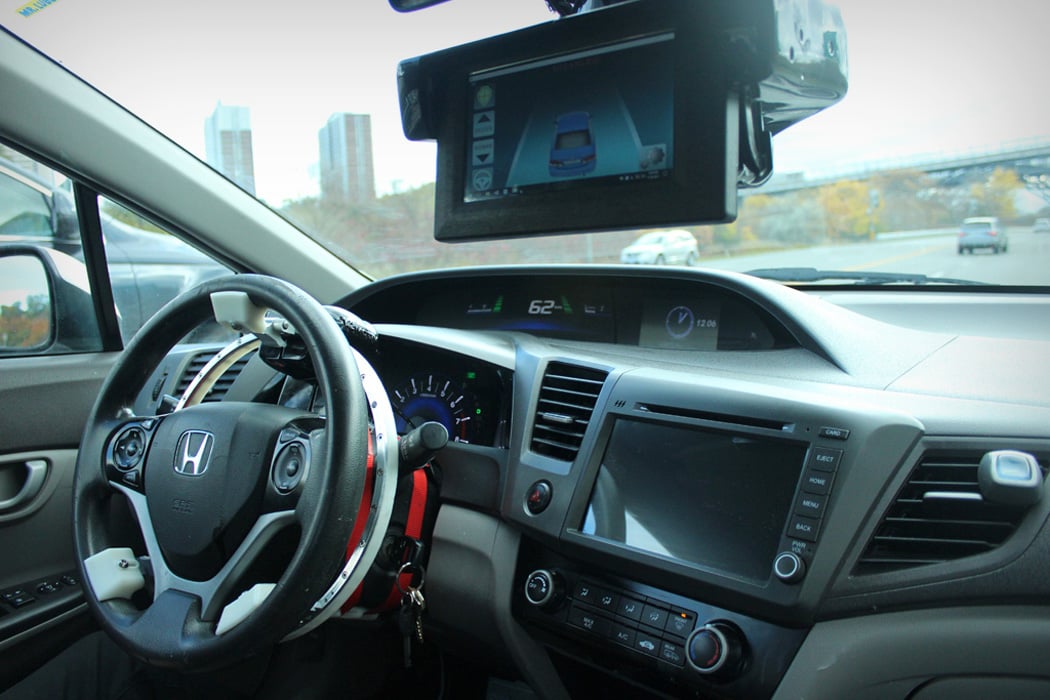
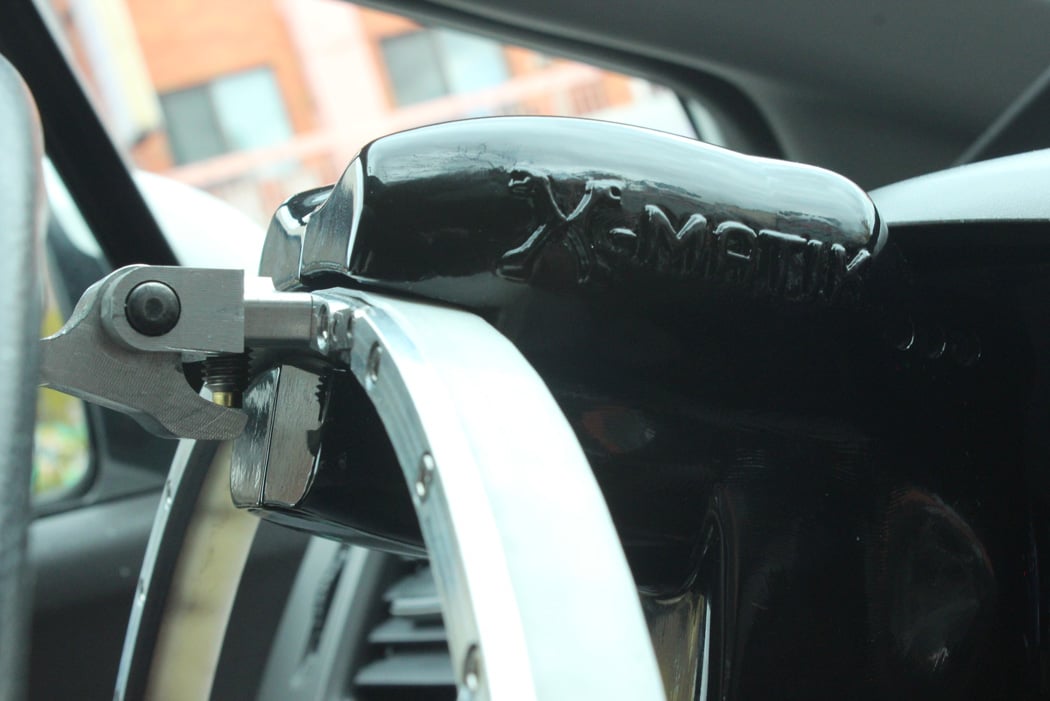
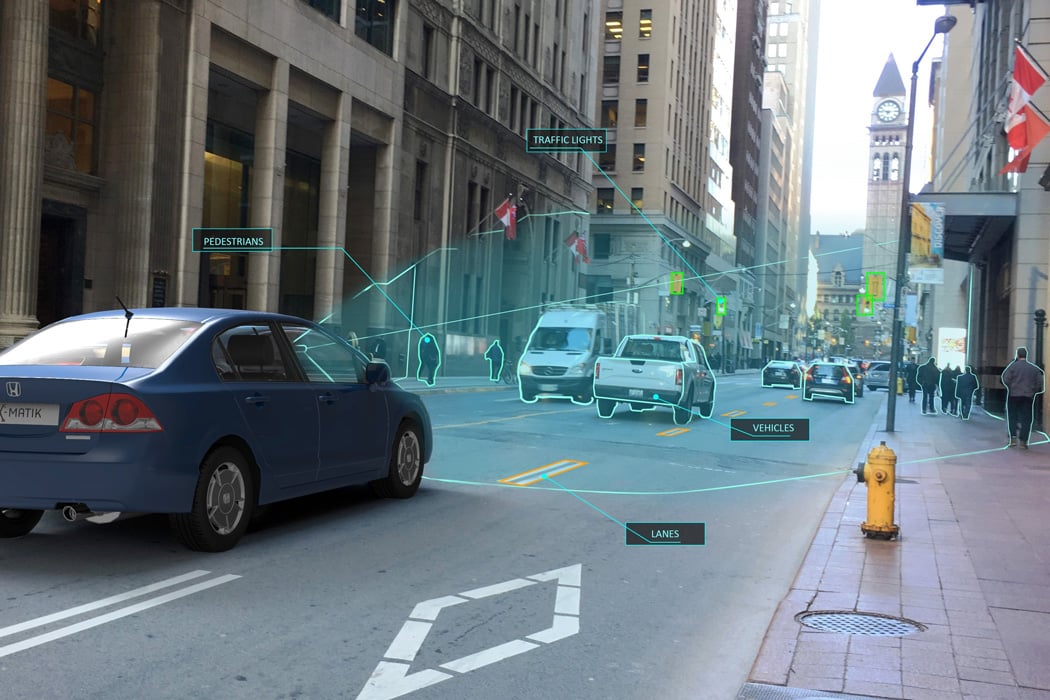
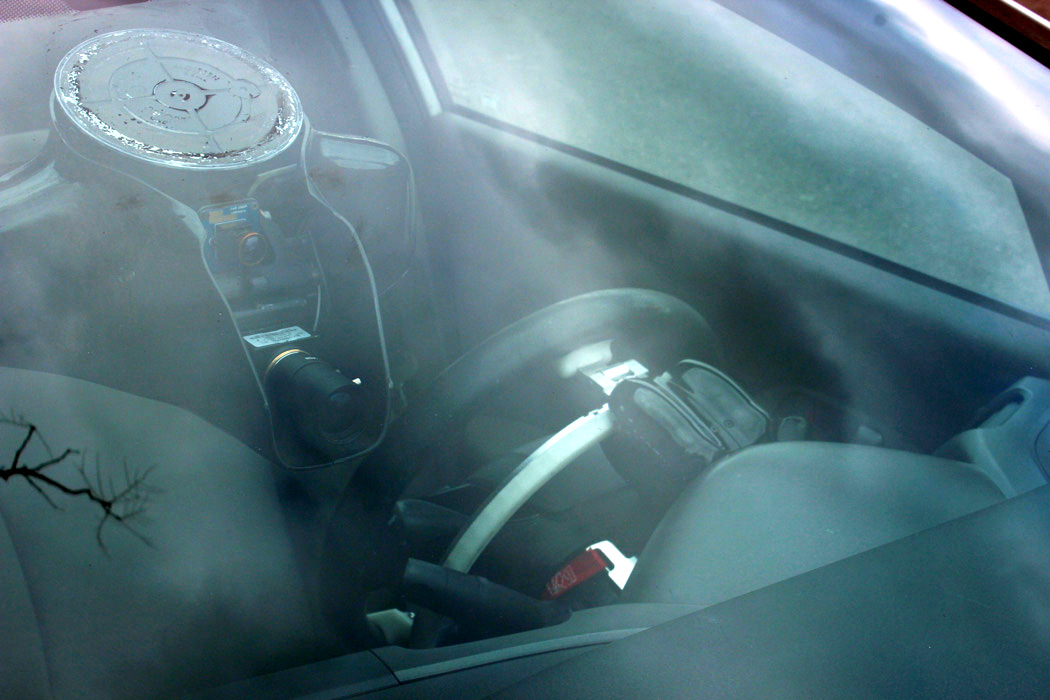
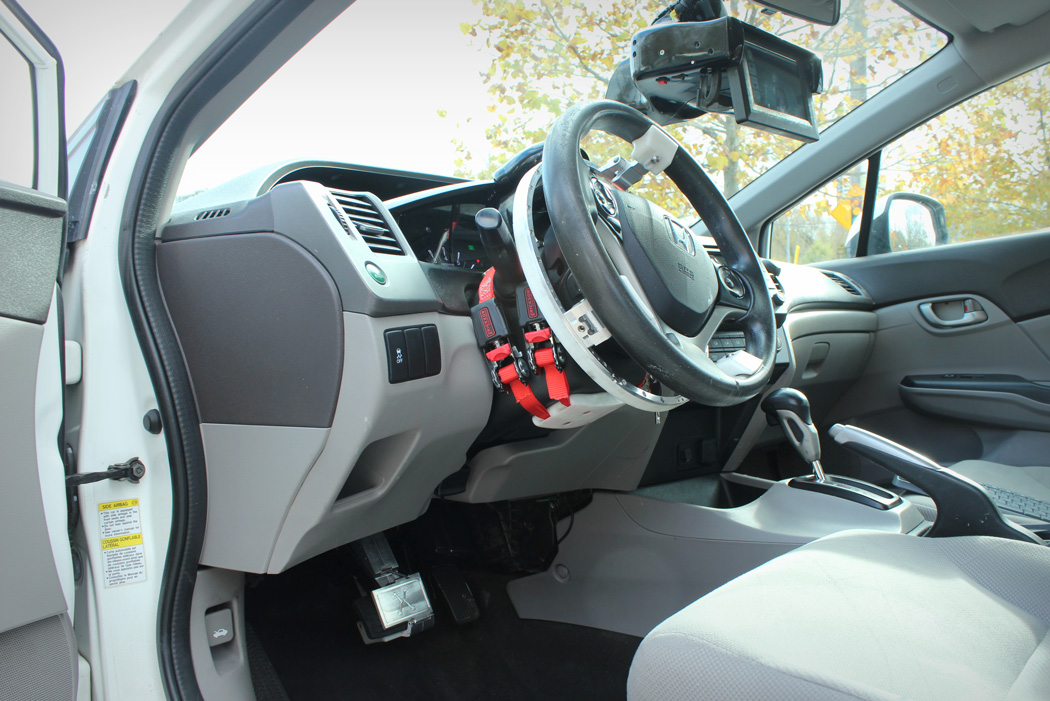
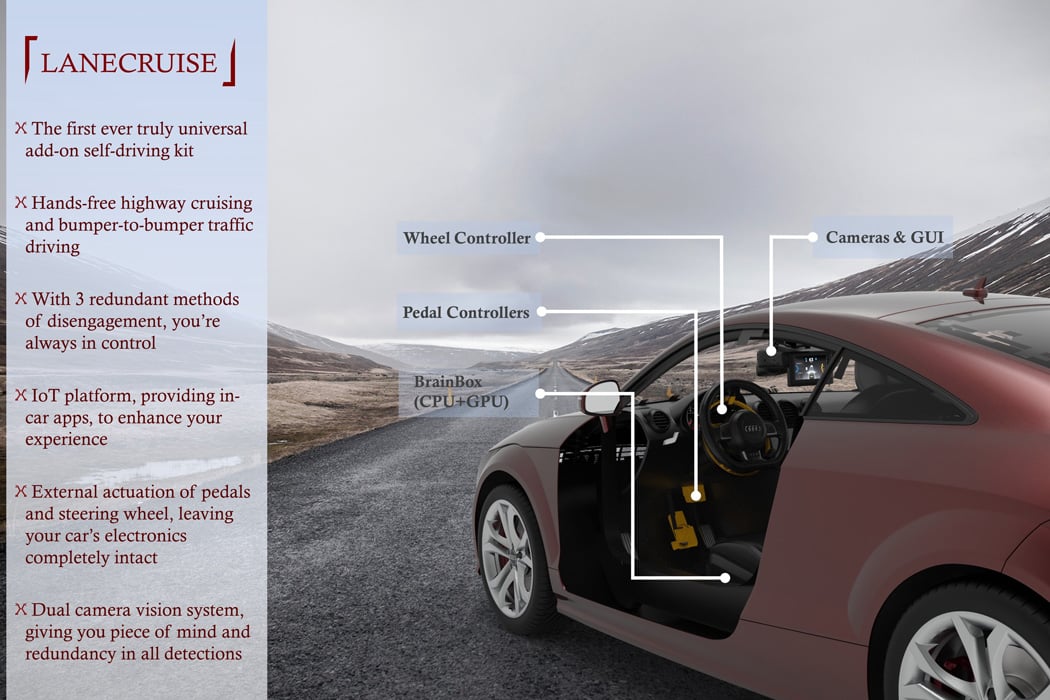
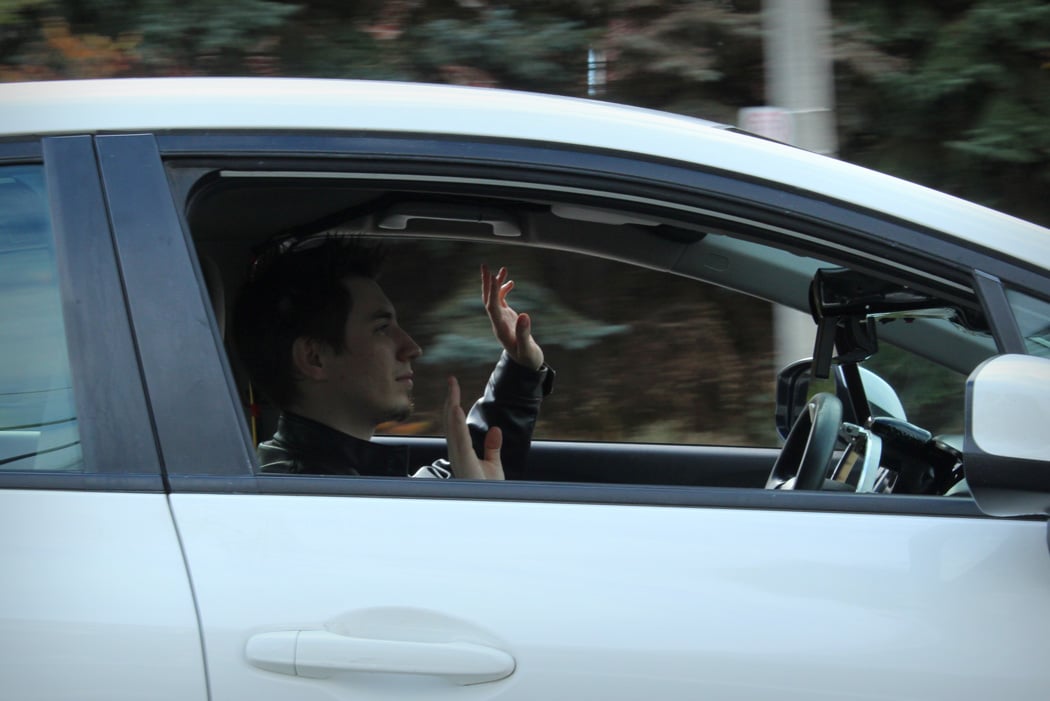








 Auto manufacturer Ford and Chinese search company Baidu are hard at work resarching self-driving technology, but are obviously looking for ways to make it simpler to get things done. The two companies have just announced a joint investment of $150 mi...
Auto manufacturer Ford and Chinese search company Baidu are hard at work resarching self-driving technology, but are obviously looking for ways to make it simpler to get things done. The two companies have just announced a joint investment of $150 mi...

